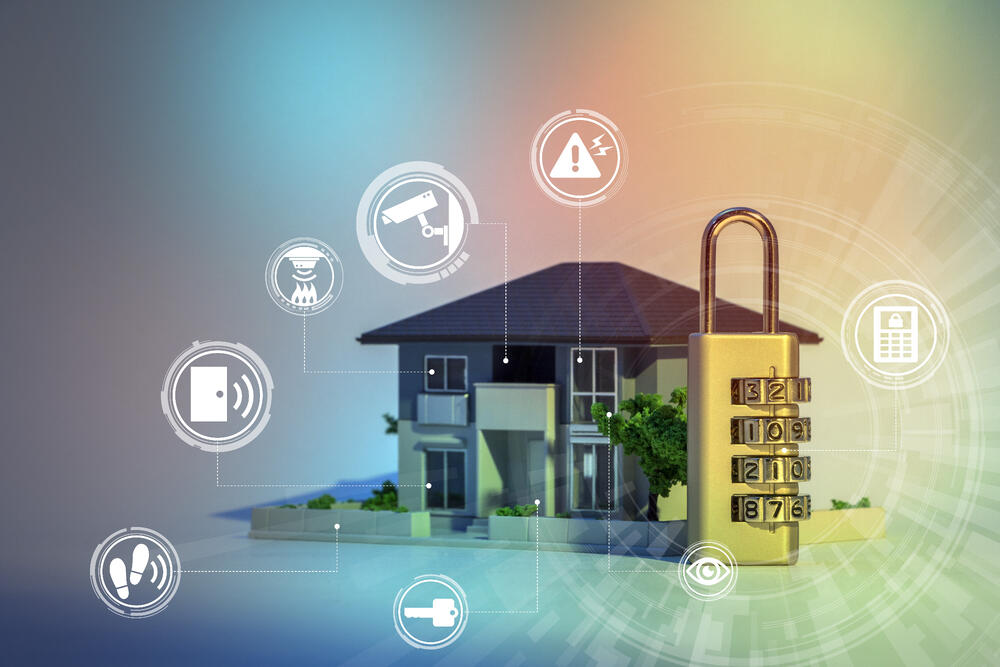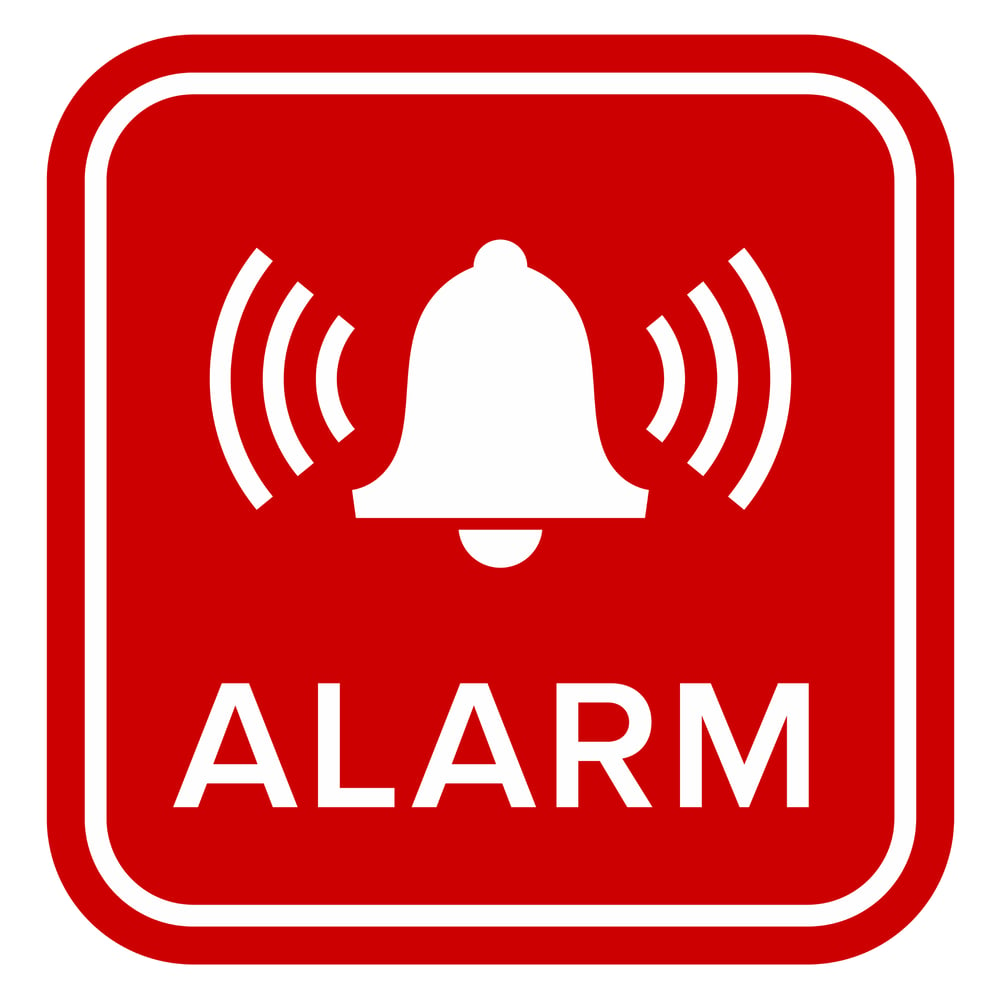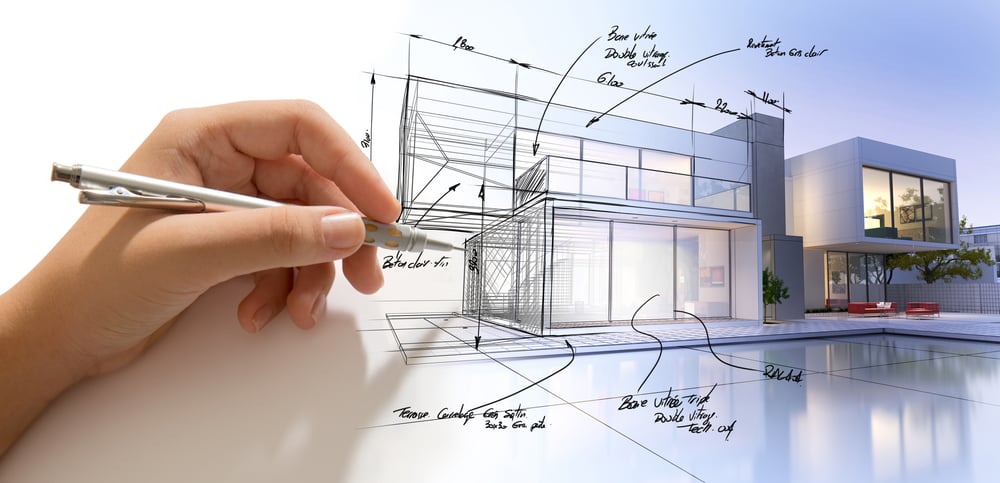Central Station Monitoring Design
Our Central Station Monitoring Design is unrivaled by any of our competitors. We design you the best to monitor multiple home security and fire alarms.
We identify & eliminate unnecessary energy consumption, leaving you with maximal functionality for the minimum annual energy cost.
All of our systems are designed with longevity in mind, saving you maintenance costs down the line.

Central monitoring station is a physical center where sophisticated software, computers, and trained personnel are housed to monitor home security systems pertaining to home invasion, fire emergencies, and other related emergency situations. Fire alarm signals, for instance, are sent to this physical location for analysis of the situation and thereafter dispatch responsible emergency responders.
In a home security intrusion, trained personnel at a central monitoring station could call the police promptly and other relevant authorities to attend to your rescue. However, the operator must first verify if the alarm triggered is not a false alarm. The operator would typically call the homeowner whose details reveal the address and the exact device triggered if installed the addressable system designs. Note that our engineers are experts in addressable fire alarm systems.
If the called homeowner does not answer the calls or if anyone furnishes wrong information, law officers would be dispatched either way. Many alarm or security companies do not have central monitoring stations. Instead, hire services from dedicated service providers. Designing and installing a central monitoring station is not that cumbersome when you have the best MEP design partners. Our technicians have designed numerous central station monitoring designs already.
A central station monitoring design is too sophisticated for the design to be entrusted to amateurs. Besides, it is such a demanding task to have this design erected in your preferred location. There are notably several standards that have to be met before the design and installation could carry on.
When thinking of a central monitoring station, consider how the alarm signals will be received at your station. How do you interface with other authorities? How do you store data on your station? Do you have enough power supply to ensure that the station runs 24/7? All these pertinent questions and many more should be asked before planning your station.
Because we are well rounded and experienced in these stations, we can make your job a cinch. As an MEP partner in Chicago and New York, our technicians plan the overall design with the customer and ensure that it meets all UL standards. From the architectural plan, design to installation and maintenance, Nearby EngineersNew York Engineers has proved to be a reliable partner for many individuals and companies.

Traditionally, a signal would be received through what would be known as POTS (Plain Old Telephone Service). These are copper telephone lines that used to and still (in other systems) transmit fire alarm signals to the central station.
Fire alarms are typically sent to a digital alarm communicator which then convert them to a digital format transmittable over a telephone line. The good side of these traditional transmission lines is that they are not affected by power outages. However, modern systems are in place and Nearby EngineersNew York Engineersprioritizes them in all the designs.
The radio network is an alternative to these legacy lines. The network transmits fire alarm signals from your home to the central station. If you are planning to have a monitoring station your customers would be happy with the reliability of the radio network as they promote a faster service than the traditional POTS.
What’s integral to the radio network, however, is the battery backup. Always make sure you have enough and powerful battery. You can’t go cheap when you have lives and value of properties at stake. Home invasions are almost ubiquitous and so a minute’s power outage could be catastrophic to other customers. In some buildings, you may need extra external antennas whereas in other internal antennas are sufficient to transmit the alarm signals.
Radio networks are not only reliable and faster but are also inexpensive. You do not have to worry about monthly telephone fees for signal transmission. So, POTS lines can be financially burdensome to your consumers as you would want to factor such costs in their subscriptions.
More on signal transmission options: a cellular transmission is also an option. As long as your central monitoring station has reliable cellular service, you can rely on this option too over POTS lines. However, cellular transmission incurs monthly cellular fees, which may be the downside to budget-conscious consumers. Like radio networks, cellular transmissions need backup batteries and may also need extra external antennas to efficiently transmit alarm signals.
If all these seem too technical, let a Nearby EngineersNew York Engineers expert come to your rescue. We offer the best central station monitoring design faster than anyone in the industry at reasonably affordable costs. We will weigh these options and advise you about the right option suitable for your central alarm monitoring station. Factors to take into account include cost-effectiveness, efficiency, reliability, and convenient.
POTS lines are however being replaced increasingly. Modern technologies have taken over to ensure a smooth signal transmission and prompt responses of emergency responders.

Perhaps the most demanding action is the architectural planning of your central station monitoring design. Anyway, why would anyone stress over such complex designs when you have Nearby EngineersNew York Engineers at your disposal. Our MEP Engineering scope is broad to the extent of architectural plans for all systems. All the designs we offer we are also well-versed with architectural plans to implement them, and so we can do the same with yours.
The challenging part of architectural planning is that every single detail must conform to UL standards. Which standards are these and why should you care? We’ll elaborate more about UL requirements in the subsequent subtopics.
Worth noting is that every central station monitoring design must be in accordance with UL requirements. We strive for such conformance to the UL requirements. UL standards have been in existence for over 60 years and since then they have been safeguarding the lives of many people.
Fire alarm systems, security companies, central monitoring stations must all comply with these standards. Although UL is a non-profit organization, its standards are enforceable. Nearby EngineersNew York Engineers never compromises these standards in all its designs.
During architectural planning, it is advisable to involve UL inspectors to ensure that everything is built accordingly so as to avoid demolitions thereafter. The process will be smooth when the inspectors are monitoring the progress. It actually saves you exorbitant costs you would lose should the plan found to be faulty. Nevertheless, with our unsurpassed architectural designs for central monitoring stations, we always get 80% approvals and faster than anyone in the industry.
Underwriters Laboratory (UL) plays a significant role in the design, installation, and maintenance of central stations. All fire alarm and sprinkler systems should be monitored in accordance with UL listed central stations.
UL has its specific standards applicable to the design of central stations. When a particular central station is UL listed, customers will know that it has the capacity to provide higher levels of reliable services. Fire alarm systems, for instance, are sensitive systems to be entrusted to an unreliable central station. What if there is no power supply and you suffer from fire damages as a result? Such possibilities may occur.
UL listed central stations are mandated to follow certain requirements to ensure that they provide impeccable and standardized services. These requirements are broad and are regulated by several standards. For instance, they include HVAC systems, security systems, sprinkler systems, infrastructure, backup power, and trained operators.
UL ensures that everything runs smoothly and the said company is actually capacitated to monitor home security and fire alarm systems. So, UL listing matters a lot to you if you plan to have the best central station monitoring design. We will help you achieve that.
Although central monitoring stations are regulated by several standards, there are 2 most chief standards to look at: UL 827 (Central-Station Alarm Services) and UL 1981 (Central –Station Automation Systems). Our technicians excel in compliance with these chief standards.
Other standards include UL 1610 (Central-Station Burglar-Alarm Units), UL 681 (Installation and Classification of Burglar and Holdup Alarm Systems), and UL 1635 (Standard for Digital Alarm Communicator System Units). These additional standards are embodied within the chief standard UL 827. UL 827 is a broad standard that covers the basic structure of your central station building and the physical plant requirements such as fire protection and security components.
UL 1981, on the other hand, pertains to the automation system, hardware, and communication within your central station. It is concerned with how the equipment is installed, how the cabling systems are installed, transient voltage protected and even the finer details of the overall operations. Its coverage also extends to security access controls, power conditions, and reliable power supplies to the station as stipulated under UL 1778 or UL 1481.
Nearby EngineersNew York Engineers notes all these UL requirements and provide you with the best central station monitoring design. We have a checklist of these standards which we refer to when designing our products. With experience, we know almost every standard off by head because we have been in this industry for a long time service central station monitoring designs.
Ideally, a central alarm monitoring station would have computer monitors, air controls, and sufficient space to improve productivity. As long as you comply with UL standards then everything will be set and your station will start to run.
Unfortunately, we cannot help you with the hiring process of trained operators. Just make sure you hire the right person who will never compromise the urgent requests of your clients.
As already highlighted, once a central station receives a signal, the operator will check the account details of the client which include the address and their names, the nature of the signal and which device triggered the emergency in a case of the addressable system designs or zoning in a case of conventional fire alarm systems.
The hesitation of many people in having these systems is often attributed to the costs. Taking into account how complex and sophisticated these systems are, of course, they should be relatively expensive to design, install and monitor. But because most of these systems are actually hired by security and alarm companies, the costs will be offset by monthly subscription fees.
Due to the high demand for fire alarm systems as per NFPA 72 requirements and security measures triggered by high crime rates, central station monitoring could be a lucrative business to venture. We will be with you every step of the way ensuring that your designs yield positive results.
We’ve also highlighted signal transmission modes costs saving techniques. If you were considering the convention telephone lines to transmit the signal, change the mindset now. These are not only unreliable but also costly due to monthly fees. They are being replaced by radio network and cellular services. The modern signal transmitters are cost effective.
Our significance in MEP Engineering services is hard to overlook. We provide the best MEP designs and fire protection and alarm systems to our broader scale of clientele. Based in New York, our services are however extending beyond our geographic location.
With Nearby EngineersNew York Engineers you never go wrong with the unmatched central station monitoring design. We have a checklist of factors to consider when designing these systems. Firstly, we ensure that we meet relevant building codes such as those enforced by UL and the NFPA.
The second step would be cost-reduction and efficiency without over-engineering your designs. We know that all you want are the best services without breaking your bank, and so we strive to achieve that with reasonable costs.